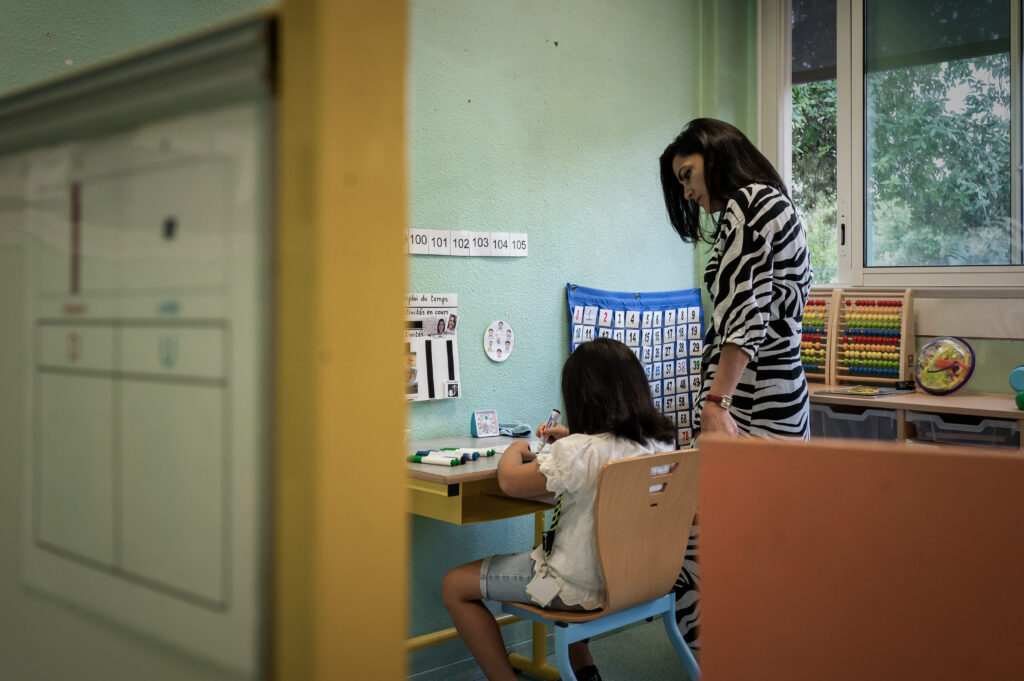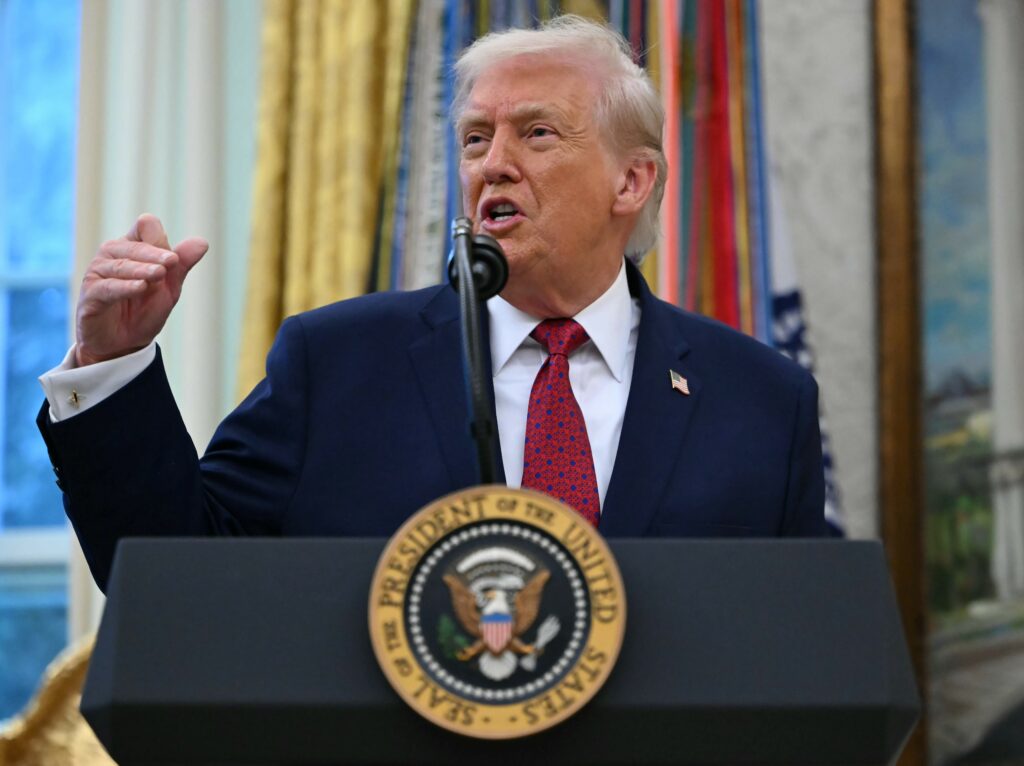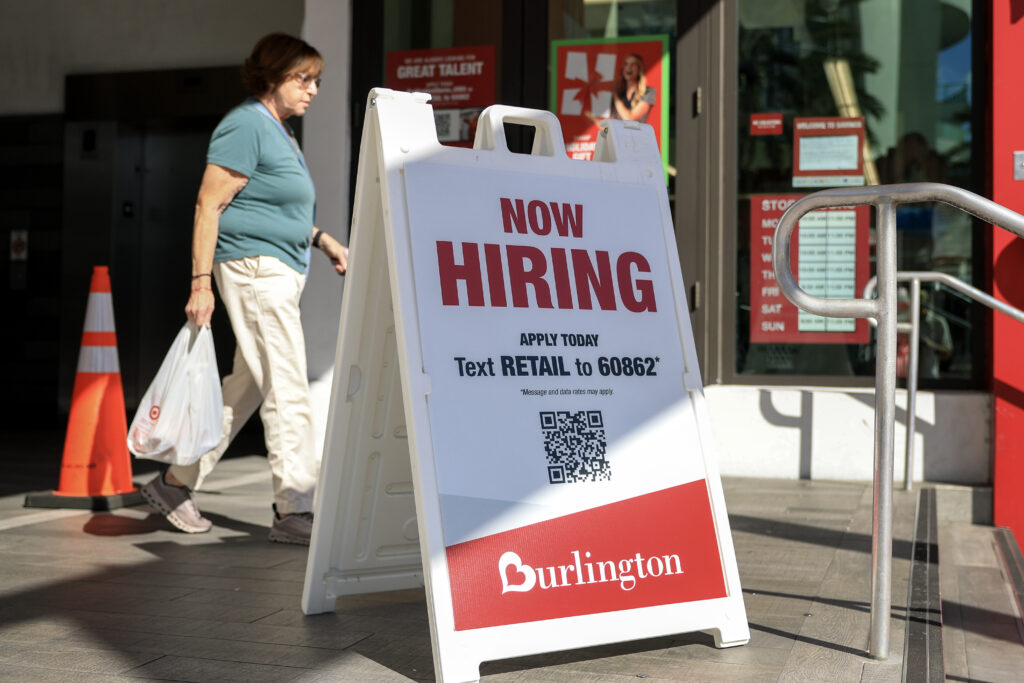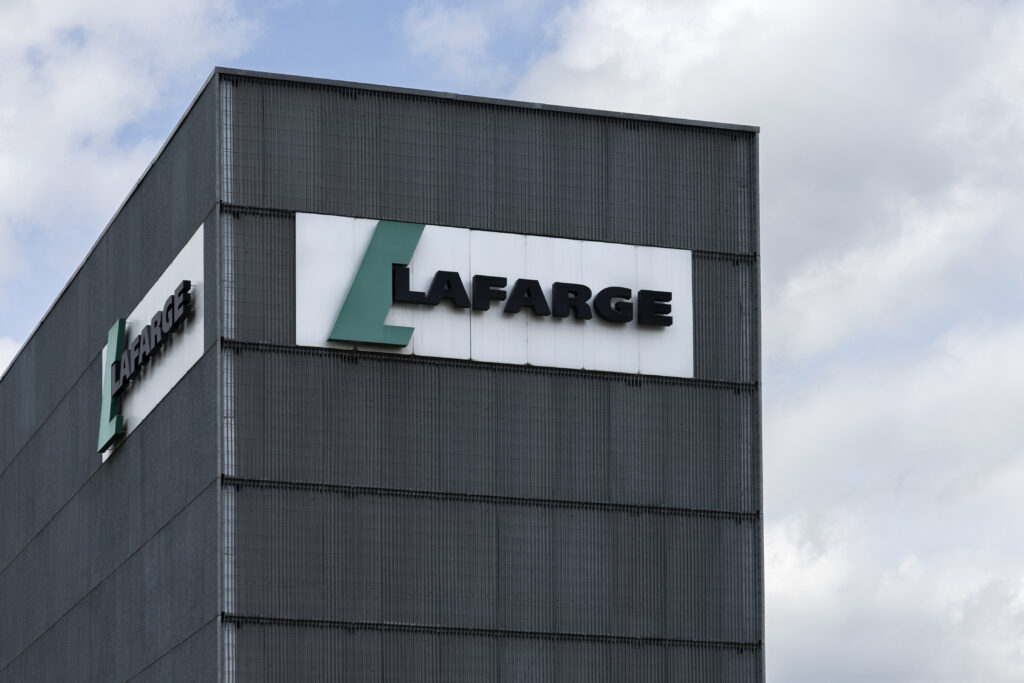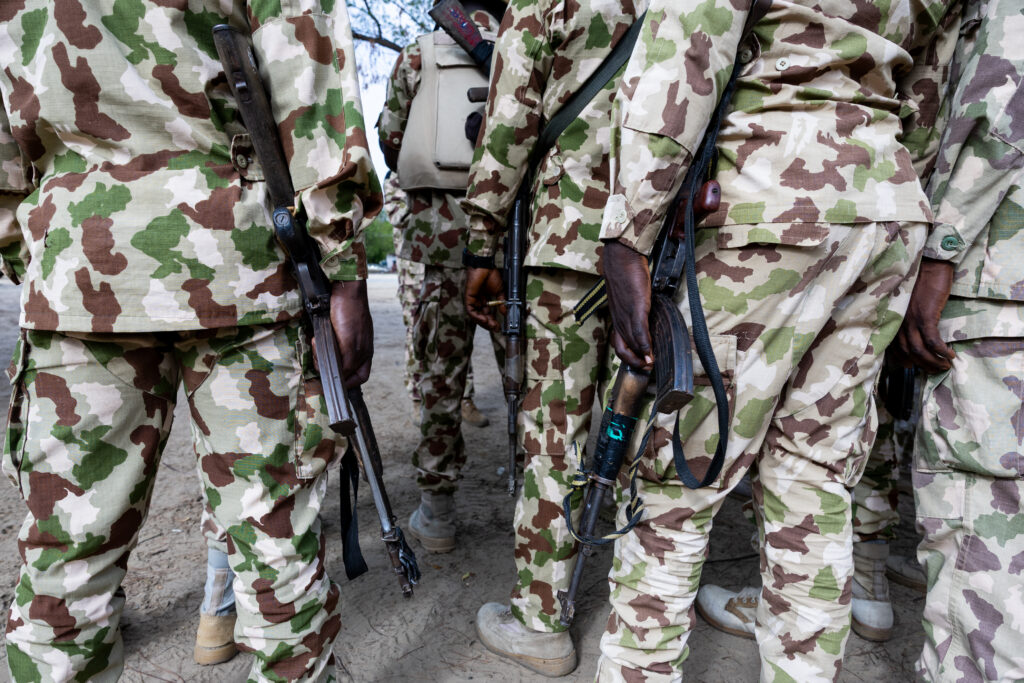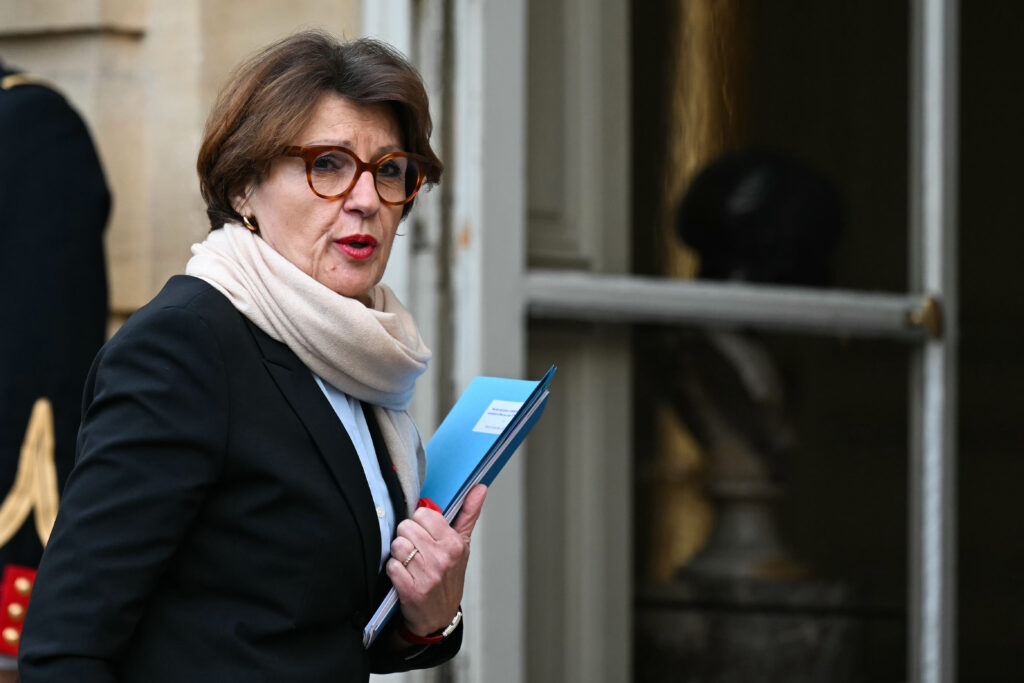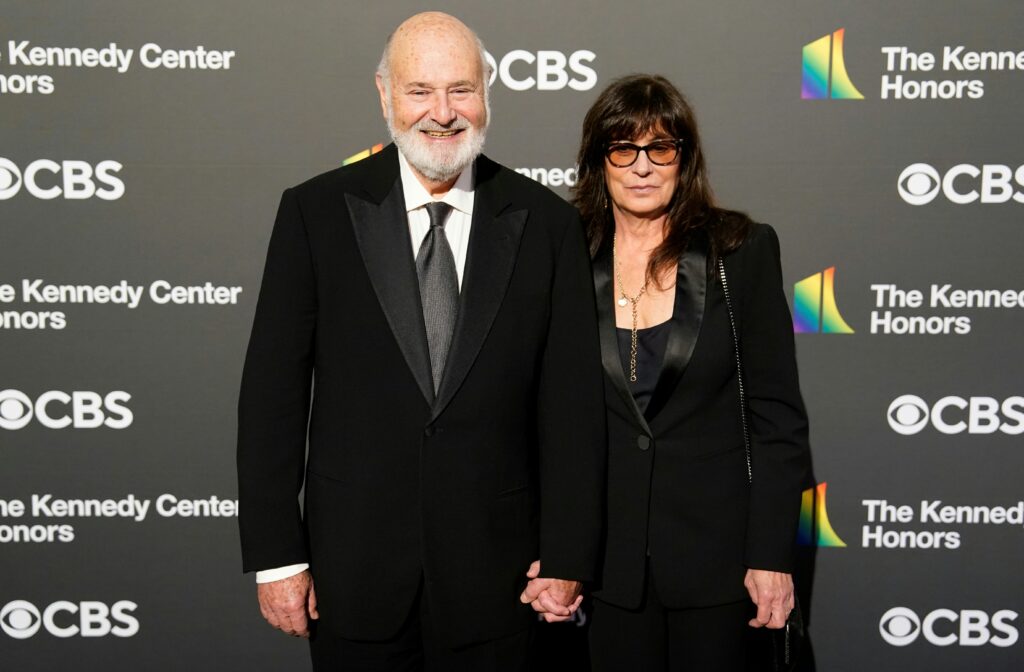Ecole inclusive: les AESH, un métier “si beau” mais si mal considéré
Sans elles, pas d’école inclusive: les AESH (Accompagnants d’élèves en situation de handicap), des femmes dans leur grande majorité, sont indispensables mais si précaires et mal considérées que le métier peine à attirer, laissant des centaines d’enfants en grande difficulté sans accompagnement.Sheynesse Tani, 33 ans, est AESH dans le 15e arrondissement de Marseille. Elle décrit à l’AFP une vraie “vocation”: “notre rôle c’est de créer les conditions pour que l’élève puisse entrer dans les apprentissages, ça crée un lien incroyable”. L’intégration à l’école des enfants porteurs d’un handicap, prévue par la loi depuis 2005, repose principalement sur les AESH comme Sheynesse.Pourtant, selon des chiffres de l’Education nationale, à la rentrée de septembre, près de 49.000 élèves en situation de handicap étaient en attente d’un tel accompagnement, dont plus de 7.500 dans l’académie d’Aix-Marseille, la plus mal dotée en la matière.C’est “un métier si beau” mais un vrai sacerdoce, résume Sheynesse Tani: à ses débuts, elle a accompagné un enfant “qui criait, qui frappait”. “Je gagnais 698 euros par mois, je me faisais frapper, il faut être folle pour accepter ça…”Mardi, à l’appel d’une intersyndicale enseignante, elles manifestent dans toute la France, aux côtés des personnels enseignants, pour réclamer un statut de fonctionnaire.- “Grande précarité” -“Elles ont une expertise, elles minimisent les crises des élèves et, pourtant, elles sont très mal considérées”, explique Frédéric Grimaud, professeur des écoles et chercheur, auteur d’une étude sur les AESH pour le syndicat FSU-Snuipp, majoritaire dans le 1er degré.Il a interrogé plus de 2.600 AESH et peut dresser leur profil: le plus souvent des femmes, très éloignées de l’emploi, de plus de 50 ans.En temps partiel imposé (24 heures maximum soit le temps que passe un enfant à l’école), au mieux en CDI mais pas fonctionnaires, elles sont “dans une grande précarité”. “J’en connais qui font le marché aux puces le matin avant l’école, c’est du bricolage”, raconte-t-il.Plus que la précarité, ce que regrette Sabine Savelli, AESH à Marseille également, c’est d’être “invisible”. Ca commence dès le recrutement, selon elle: les AESH sont “jetées dans une classe”, sans réelle formation. En 60 heures seulement, elles n’apprennent “pas du tout comment exercer (leur) métier”.Reformuler les consignes, les traduire avec des signes pour les enfants dits “non-verbaux”, qui ne parlent pas, gérer leur fatigue, leurs colères: “on l’apprend sur le tas”.- Pas de casier ni de place -Pourtant dans les écoles, les AESH n’ont “pas de place”, poursuit Frédéric Grimaud. Ni enseignantes ni personnel municipal, elles n’ont pas de casier pour poser leurs affaires, de salle pour se reposer ou manger.Mais surtout, insiste-t-il, elles ne sont représentées dans aucune instance: ni au conseil de classe, ni au conseil d’école ni même lors des réunions avec les parents.Une professeure des écoles, rencontrée par l’AFP lors d’une manifestation, lâche: “moi, je les considère comme mes égales, ce sont des collaboratrices, s’il en manque une, tout s’écroule… et pourtant elles sont vues comme inférieures”. Un manque de place et de considération, exacerbé par la carence de personnel. “On doit souvent gérer plusieurs enfants, aux situations très différentes”, déplore Sabine Savelli. Contacté par l’AFP, le rectorat a indiqué que, si le taux de carence s’établissait à 33% en septembre, fin octobre “le taux effectif d’élèves accompagnés s’établit à 92%”.Mais ces chiffres cachent, selon Frédéric Grimaud, une réalité plus nuancée. “La plupart des enfants partagent leur AESH avec d’autres”, détaille-t-il. “On réduit le temps avec elle dans les prescriptions et un enfant à qui on aura prescrit 18 heures d’AESH par exemple n’en aura que 9”.Résultat: une “scolarité hachée”, “on conseille aux parents de ne pas les mettre à l’école les demi-journées où ils n’ont pas d’AESH”.Selon un rapport parlementaire rendu public mardi, le ratio moyen d’élèves par équivalent temps plein d’AESH, à 6,8 en 2024, constitue “un indice fort de l’état de saturation des effectifs déployés”. Le député socialiste rapporteur de cette commission d’enquête, Sébastien Saint-Pasteur, plaide pour une revalorisation du statut qui “aura une plus-value importante sur l’attractivité” du métier, soulignant que “des familles ne seront pas obligées d’arrêter de travailler, des enfants auront des réussites éducatives plus fortes, et donc des insertions professionnelles plus épanouies”.
